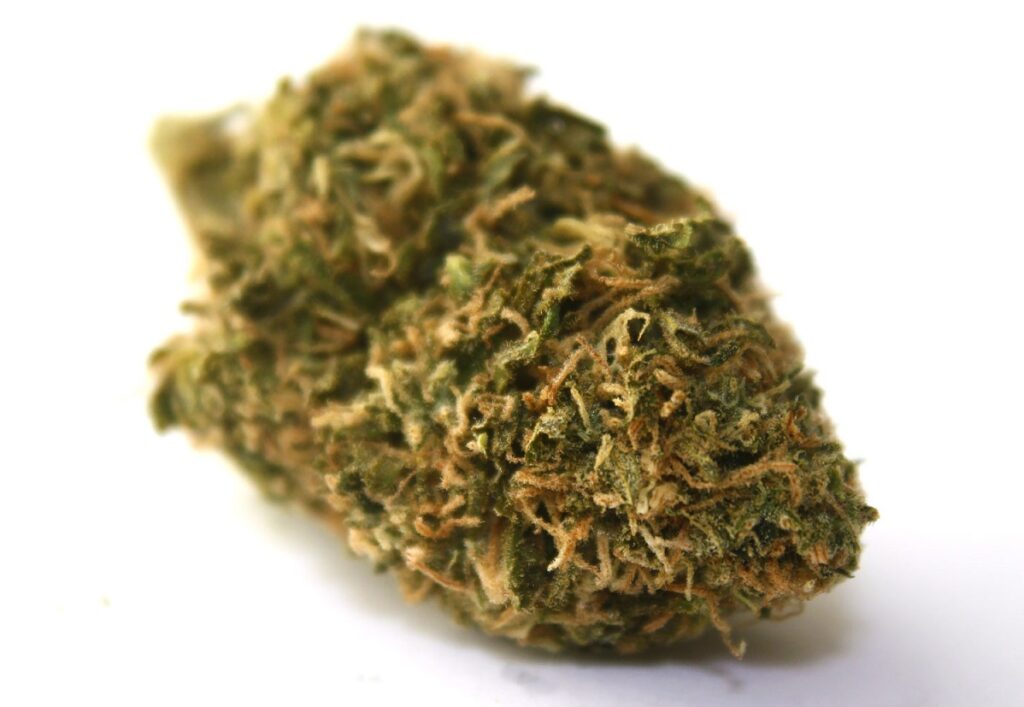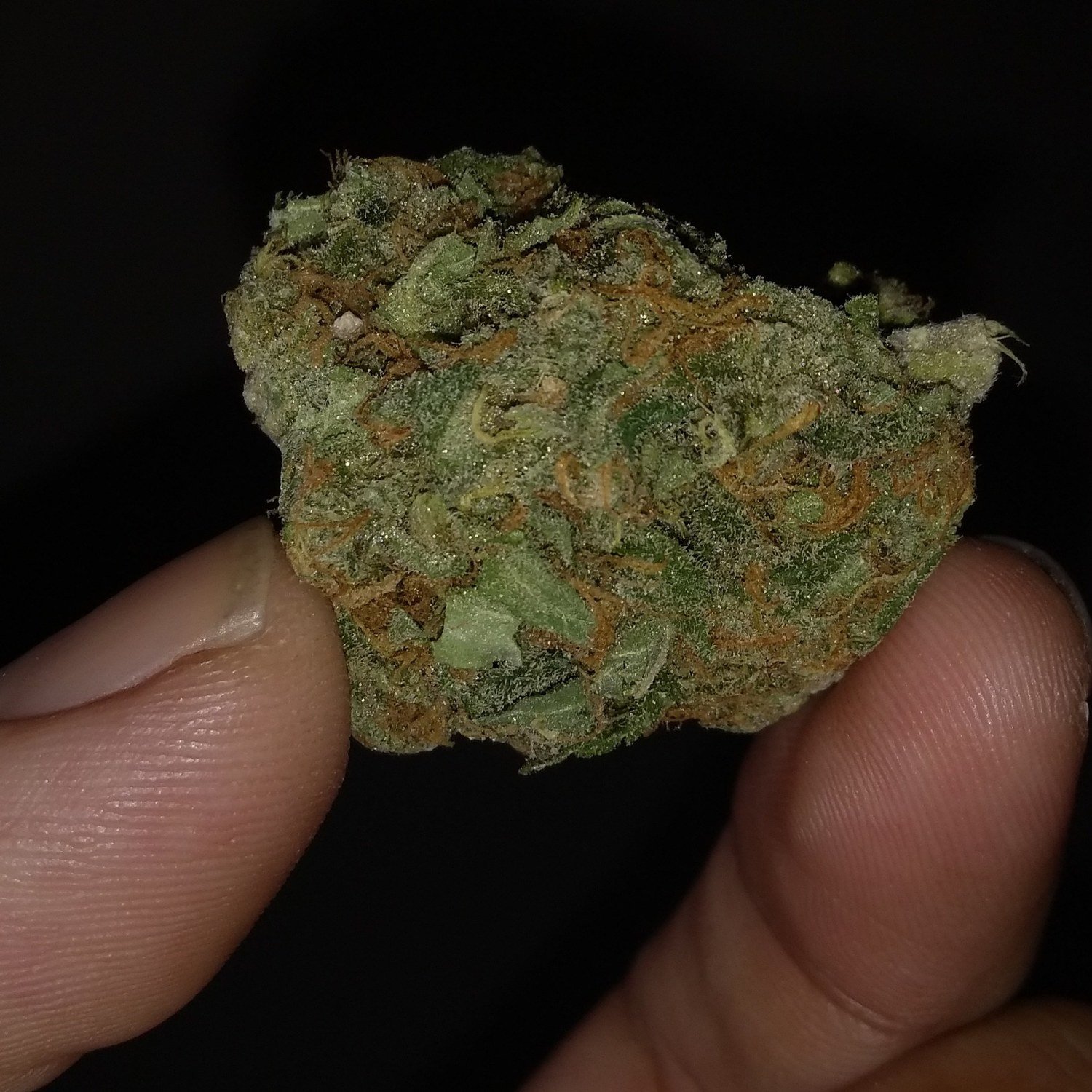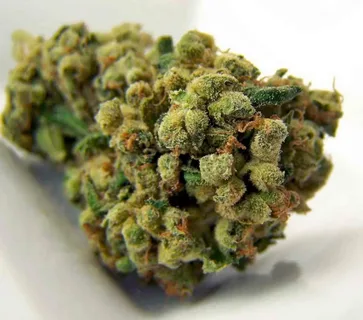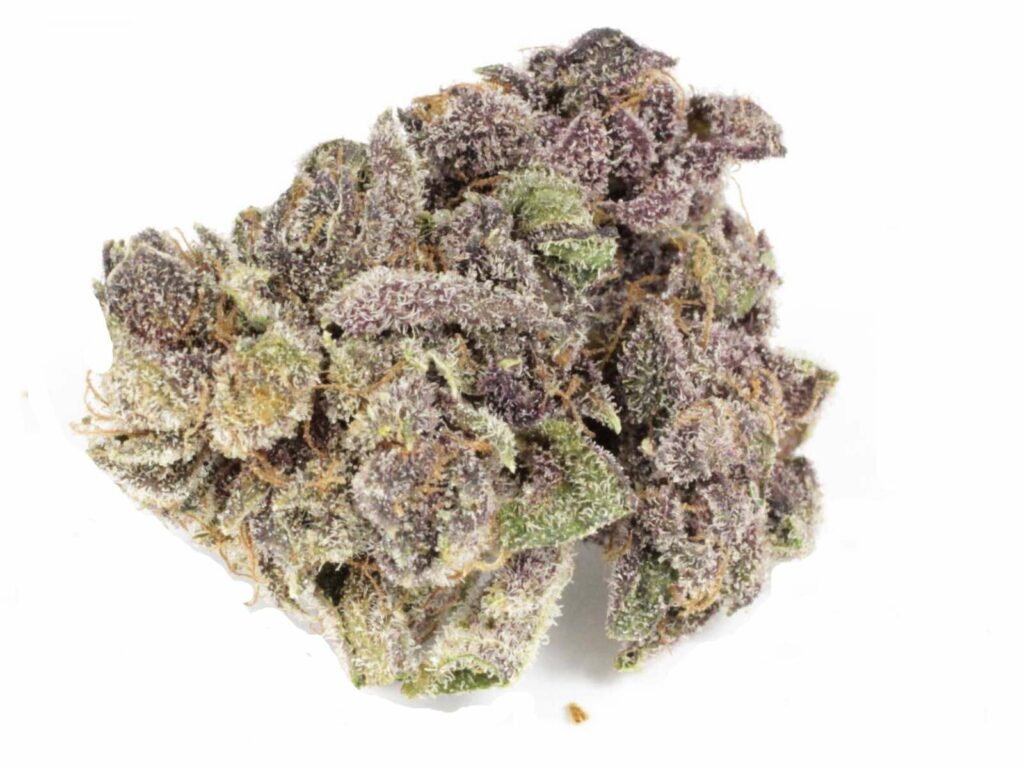History of Cherry OG
Origin
The origins of Cherry OG, also known as Cherry OG Kush, are shrouded in mystery and controversy, with several accounts emerging over time.
One popular account attributes the strain’s creation to the infamous California-based cultivator, Josh D, who claims to have crossed an unknown Chemdawg phenotype with a Ghost OG female in the early 2000s.
However, another account suggests that Cherry OG is actually a rebranded version of the strain known as “Cherry Diesel,” which was first introduced by T-Haze Genetics, a respected cannabis breeder based in Northern California, around 2008 or 2009.
According to some sources, Cherry OG has its roots in the 1980s and 1990s, when legendary strains like Chemdawg and Ghost OG were first cultivated and bred by various growers and breeders on both coasts of the United States.
Despite these differing accounts, it’s generally agreed upon that Cherry OG is a unique blend of indica-dominant and sativa-dominant genetics, with reported effects ranging from euphoric and uplifting to sedative and relaxing.
The strain’s name, “Cherry,” is thought to refer either to the bright red or cherry-like coloration of its buds or to its sweet, fruity flavor profile, which some growers attribute to the presence of Myrcene terpenes.
Regardless of its true origins, Cherry OG has gained a reputation among cannabis enthusiasts as a high-quality strain with distinct characteristics and effects that set it apart from other popular hybrids on the market.
Today, Cherry OG remains a beloved favorite among growers, breeders, and users alike, with many strains claiming to be “Cherry OG Kush” or bearing similar names but differing in genetic makeup and expression.
The origins of Cherry OG, also known as Cherry OG Kush, are shrouded in mystery. However, it is believed to be a descendant of the legendary strain OG Kush, which was first cultivated in the 1990s by Matt “Bubba” Berger and Josh D. It’s said that this strain was then crossed with a phenotype of OG Kush known as Cherry Pie, creating the unique Cherry OG we know today.
The origins of Cherry OG, also known as Cherry OG Kush, are shrouded in mystery, but it is believed to have originated from the legendary strain OG Kush.
OG Kush was first cultivated in the 1990s by Matt “Bubba” Berger and Josh D., making it a highly sought-after and respected strain in the cannabis community.
The exact details of how Cherry OG was created are unknown, but it’s said that a phenotype of OG Kush known as Cherry Pie was crossed with OG Kush itself to produce the unique Cherry OG we know today.
History of Cherry OG Timeline
- 1990s: OG Kush is first cultivated by Matt “Bubba” Berger and Josh D.
- Unknown: A phenotype of OG Kush known as Cherry Pie emerges.
- Unknown: Cherry Pie is crossed with OG Kush to produce Cherry OG.
Potency and Effects
- Cherry OG is considered a potent strain, with THC levels ranging from 20-25%.
- The effects of Cherry OG are said to be intense, with users reporting feelings of euphoria and relaxation.
Sativa/Indica Ratio
- Cherry OG has a sativa/indica ratio of approximately 60/40.
Appearance
- Cherry OG buds are said to be dense and sticky, with a vibrant green color.
- The leaves are often adorned with dark red or purple hues.
Terpenes
- The dominant terpenes in Cherry OG include myrcene, limonene, and caryophyllene.
Cannabinoid and Terpene Profile
Chemical Composition
The Cherry OG strain, also known as Cherry OG Kush, is a popular cannabis variety prized for its unique aroma and potent effects. Its chemical composition is characterized by an impressive profile of cannabinoids and terpenes.
Below are the key components that make up the Cherry OG strain:
Cannabinoids
The primary cannabinoids present in Cherry OG include THC (tetrahydrocannabinol) at around 20-25% and CBD (cannabidiol) at approximately 1-2%. Other minor cannabinoids, such as CBG (cannabigerol), CBC (cannabichromene), and CBN (cannabinol), are also present in smaller concentrations.
Terpene Profile
The terpene profile of Cherry OG is where its unique character lies. The strain boasts an impressive combination of
Myrcene
a common terpene found in many cannabis strains, responsible for earthy and herbal notes.
Bergamotene
a citrusy terpene providing a distinct flavor and aroma, often associated with relaxation.
Guaiol
a terpene known for its pine or woodsy scent, adding depth to the strain’s overall profile.
Caryophyllene
a spicy and woody terpene found in various cannabis strains, contributing to the strain’s earthy undertones.
These chemical components work together to create a distinctive experience for users. The potent THC content ensures a strong psychoactive effect, while the CBD contributes to its therapeutic potential. The terpene profile adds complexity and character, with myrcene providing an herbal base and bergamotene introducing citrusy notes.
Cherry OG is often described as having a pungent aroma, with notes of cherry, earthy undertones, and a hint of spice. Its effects can range from relaxing to energizing, depending on the individual’s tolerance and preferences.
Overall, Cherry OG’s unique chemical composition makes it a sought-after strain for those seeking a potent and aromatic cannabis experience.
Cherry OG is known for its potent effects, thanks to its high THC content. According to research by the University of Mississippi’s National Center for Natural Products Research, this strain typically contains between 15% and 20% THC, making it suitable only for experienced users. The strain also boasts an impressive array of terpenes, including myrcene, limonene, and pinene.
The Cannabinoid and Terpene Profile of Cherry OG is a fascinating topic that offers insights into the strain’s effects and characteristics.
Cannabidiol (CBD) content in Cherry OG varies between 1% to 2%, which, although not as prominent as THC, still contributes to the overall profile. The relatively low CBD levels imply that this strain might exacerbate anxiety in individuals prone to it, making it essential for experienced users.
The presence of THC is indeed a crucial aspect of Cherry OG. With its high THC content ranging from 15% to 20%, as research by the University of Mississippi’s National Center for Natural Products Research suggests, this strain is not for the faint of heart. The potent effects make it better suited for users familiar with its potential potency.
Terpenes are another significant component of Cherry OG’s profile. These organic compounds contribute to the plant’s aroma and play a role in its therapeutic properties. Among the notable terpenes found in this strain are myrcene, limonene, and pinene.
Myrcene, often associated with earthy or herbal scents, can induce relaxation and potentially reduce inflammation. Its presence in Cherry OG may contribute to the strain’s calming effects, although it is essential to consider its THC content when deciding on dosages.
Limonene, responsible for citrus aromas, has been studied for its potential benefits, including reduced anxiety and improved mood. Pinene, which provides a pine-like scent, may help with inflammation and respiratory issues. The combination of these terpenes can influence the effects of Cherry OG, making it essential to consider their synergy when exploring this strain.
When using Cherry OG, it is crucial to be aware of its potent THC content and individual tolerance levels. Users should start with low doses and gradually increase as needed, while also considering the potential interactions between cannabinoids and terpenes. By understanding the Cannabinoid and Terpene Profile of Cherry OG, users can make informed decisions about their consumption and explore its therapeutic benefits safely.
Cultivation and Effects
Growing Conditions
Cultivation:
- The Cherry OG strain is a popular indica-dominant hybrid that offers an array of effects and benefits.
- To grow Cherry OG, cultivators must provide optimal conditions for the plant’s growth.
Here are some key requirements for cultivating this strain:
- Suitable Climate: Cherry OG thrives in a Mediterranean climate with warm temperatures ranging from 65 to 80°F (18-27°C).
- Moisture Levels: The ideal relative humidity for cultivating Cherry OG is between 40 and 60%.
- Lighting: Provide the plant with direct sunlight or high-intensity LED grow lights, ensuring it receives at least 18 hours of light per day.
- Nutrient Requirements: Use balanced fertilizers that contain essential micronutrients to support healthy growth and development.
- Pruning and Training: Prune the plant regularly, especially when it reaches its fifth or sixth node, to encourage bushy growth and increased yields.
Effects:
The effects of Cherry OG are characterized by a balance of physical and mental relief.
- Pain Relief: The strain is effective in managing chronic pain due to its potent cannabinoid profile, particularly THC content.
- Stress Relief: Cherry OG’s terpenes help reduce anxiety and promote relaxation, allowing users to unwind after a long day.
- Euphoria: As the strain takes effect, consumers may experience feelings of euphoria and heightened creativity.
Growing Conditions:
Cherry OG is relatively easy to grow indoors or outdoors, provided it receives sufficient light and nutrients.
- Indoor Growing: The ideal temperature for indoor growing ranges from 65 to 75°F (18-24°C), while relative humidity levels should be around 40%.
- Outdoor Growing: Outdoor conditions with average temperatures between 60 and 80°F (15-27°C) are suitable for Cherry OG cultivation.
- Pests and Diseases: Regularly inspect the plants for signs of pests or diseases, taking prompt action to prevent their spread.
Cherry OG is a moderately difficult plant to cultivate, requiring a Mediterraneantype climate with plenty of sunlight. It’s recommended that growers provide plants with consistent temperatures between 6575°F (1824°C) during the vegetative stage, with slightly warmer temperatures during flowering.
Cultivating Cherry OG requires attention to specific climate and temperature requirements, making it a moderately challenging strain for growers.
The ideal environment for Cherry OG cultivation mimics a Mediterranean-type climate with an abundance of sunlight.
During the vegetative stage, plants thrive in consistent temperatures ranging from 65°F to 75°F (18°C to 24°C).
Slightly warmer temperatures during the flowering stage can promote healthy growth and development, although it is essential to maintain a stable temperature range.
Growers who are able to provide Cherry OG with these specific climate conditions will likely be rewarded with high-quality yields and desirable effects.
The optimal temperature range for Cherry OG allows the plant to focus its energy on producing dense, resinous buds that are rich in terpenes and cannabinoids.
The strain’s moderate difficulty level makes it an excellent choice for experienced growers who want to challenge themselves or those who are looking to improve their skills in a controlled environment.
When harvested, Cherry OG buds are said to have a distinctive red hue and an aroma reminiscent of cherry pie. Users report feeling euphoric, relaxed, and painfree after consuming this strain. However, as with any potent cannabis, users should approach consumption with caution due to the risk of adverse reactions.
The Cultivation of Cherry OG Kush requires a controlled environment with precise temperature and humidity levels. This strain thrives in a warm climate with temperatures ranging from 65-75°F (18-24°C) during the day and around 55-65°F (13-18°C) at night.
The ideal growing medium for Cherry OG Kush is soil, specifically a well-draining potting mix that allows for proper root growth. Hydroponic systems can also be used with careful monitoring of nutrient levels to avoid over-fertilization.
During the vegetative stage, Cherry OG Kush requires 18-24 hours of light exposure per day. Once transitioned to the flowering stage, this strain requires 12 hours of light and 12 hours of darkness for optimal Effects.
The harvest time for Cherry OG Kush typically ranges from 60-65 days indoors, with yields of up to 500 grams per square meter. When harvested, Cherry OG buds are said to have a distinctive red hue and an aroma reminiscent of cherry pie.
Users report feeling euphoric, relaxed, and pain-free after consuming this strain. However, as with any potent cannabis, users should approach consumption with caution due to the risk of adverse reactions.
The Effects of Cherry OG Kush can last for several hours, leaving users in a state of deep relaxation and contentment. This strain is often used to treat chronic pain, inflammation, and stress-related disorders.
- LA Confidential Aka Confidential, Confidential OG, LA Con Weed Strain Information - September 19, 2024
- Lemon Vuitton Aka LV Lemon, Lemon Vuitton #36 Weed Strain Information - September 19, 2024
- Lemonberry Aka Lemonberry Kush, Lemon Berry Weed Strain Information - September 19, 2024









